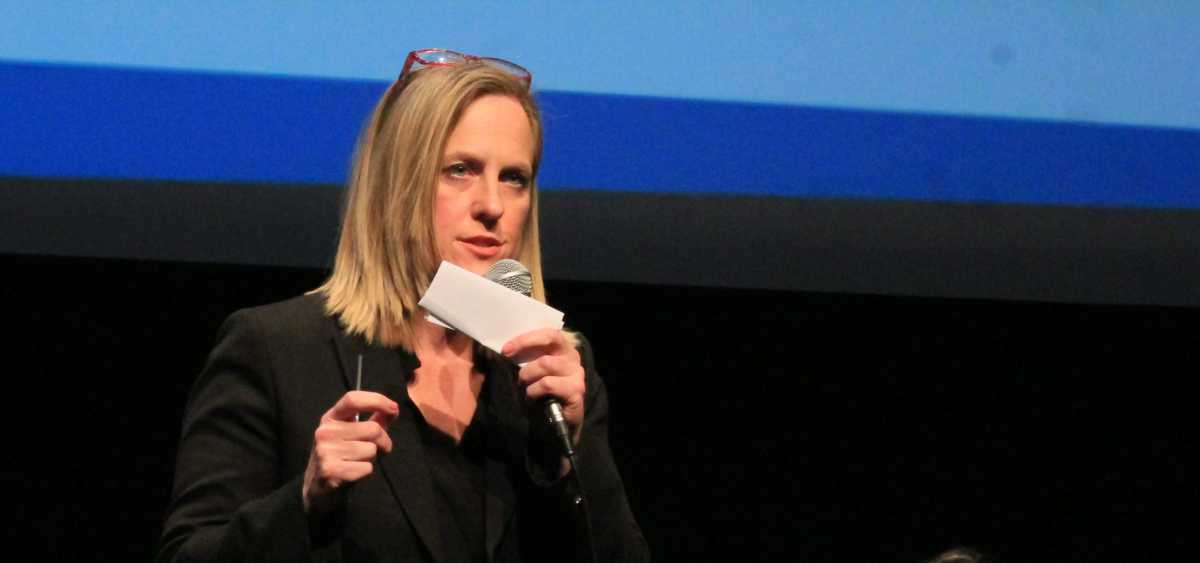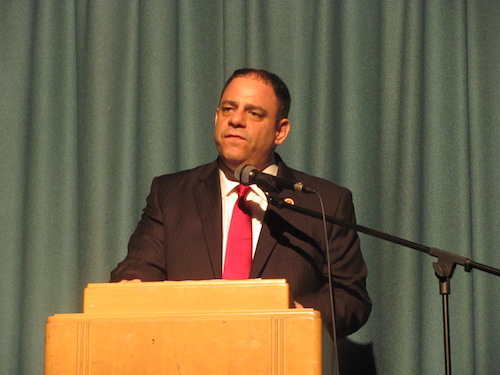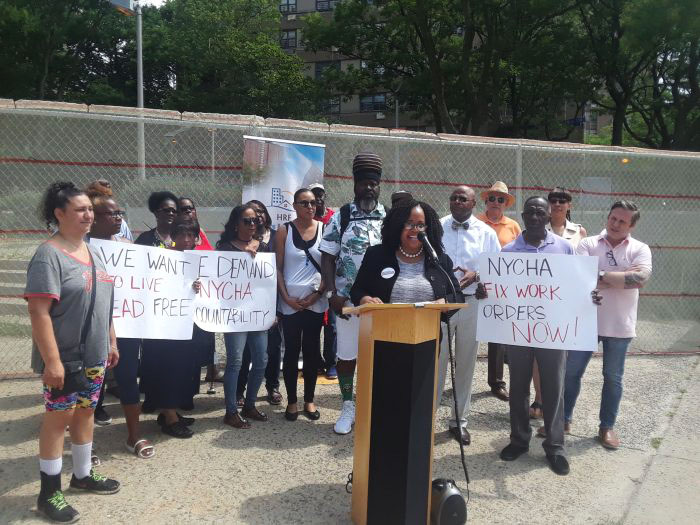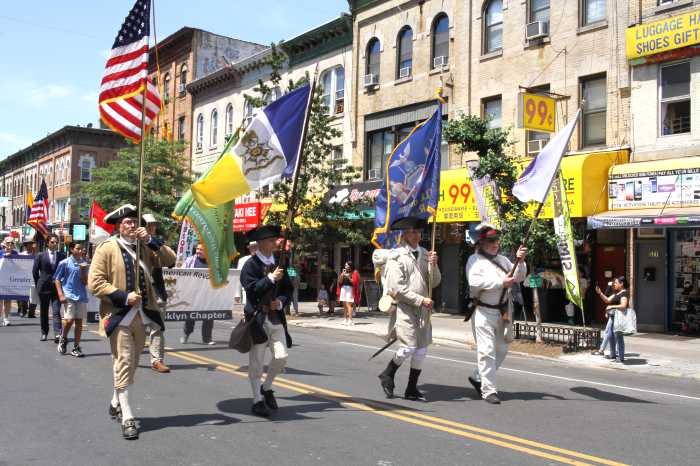Dozens of local leaders and elected officials that make up the Queens Hurricane Relief Task Force reflected on the lessons learned from the 2010s after Superstorm Sandy and have come up with a template on how to address future recovery efforts if they faced a similar natural disaster.
The task force was created 16 months after Hurricane Sandy hit the Rockaways on Oct. 29, 2012, and destroyed 2,000 homes between the Atlantic Ocean and Jamaica Bay, according to AM NewYork. One of the neighborhoods to get hit with a brunt of the damage was Breezy Point, which had more than 50 homes catch on fire.
Since the task force was created Feb. 24, 2014, a citywide zoning amendment supported the construction of creating flood-resistant homes and the reconstruction of storm-damaged properties, according to Borough President Melinda Katz’s office. In conjunction with the state Department of Environmental Conservation, the city has sped up Sandy-related construction near wetlands.
“The community-driven Task Force model should be used as a guide for how we respond to future major disasters, especially in this time of climate change,” said Katz.
Roadblocks were cleared to allow the federal Small Business Administration to put an end to bureaucratic problems that prevented applicants from getting support from the disaster loan program through the city’s Build It Back program, according to Katz’s office. The task force also helped to pause efforts to raise street levels until after homes were rebuilt.
The process to speed up the elevation of homes and to make sure those homes had their utility services returned in a timely matter were was also pushed forth with the support of the task force as well, according to Katz’s office. The city’s Housing Recovery Operations investigated work that stopped on rebuilding homes, in order to prevent construction efforts from stopping unnecessarily.
The Build It Back program initially had a $2.2 billion budget in 2013, but nothing was built that year and reimbursement checks didn’t trickle in until 2014, according to a report by Curbed New York. Whenever projects are stopped for more than two days, they are promptly investigated by HRO as a result of the task force’s intervention.
In 2016, a dedicated staff was created to handle intergovernmental coordination, signing off on projects and inspecting the rebuilding efforts, according to Katz. The staff also helped to resolve issues with the homes that were completed.
“A natural disaster of Sandy’s unprecedented scope requires a coordinated response that minimizes bureaucratic red tape and empowers impacted communities to work directly with government to launch and complete the Herculean task of recovery,” said Katz. “Our deepest thanks go to all of the members of the Hurricane Relief Task Force who did such a great job of delivering much-needed help to those impacted by Superstorm Sandy.”










